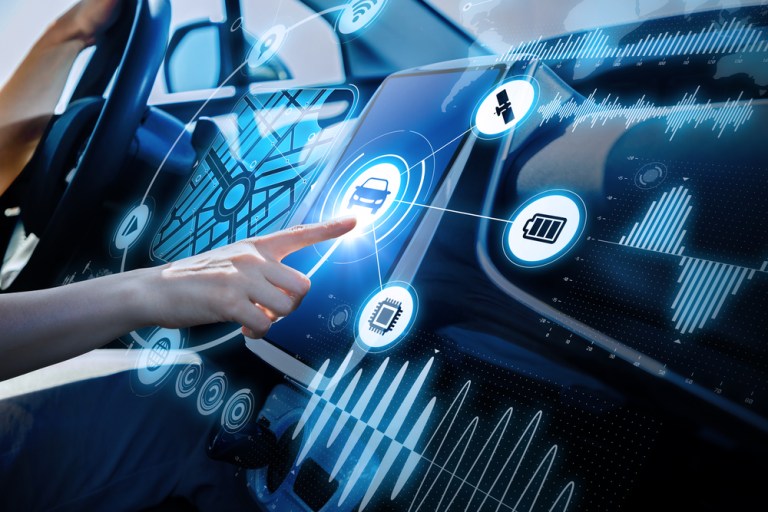
Audi announced on Tuesday (July 10) that it inked a memorandum of understanding for a strategic cooperation with China’s Huawei.
In a press release, Audi said that with the agreement, the two have formed a broad-based partnership to work on connected cars. “We are intensifying our joint research with Huawei in the area of intelligent connected vehicles,” explained Saad Metz, executive vice president of Audi China. “Our aim is to improve safety and optimize traffic flows in order to create intelligent cities. The concepts will initially be concentrated on the Chinese market.”
According to Audi, intelligent connected vehicles allow for relevant information to be exchanged with the surrounding environment. To achieve this, cars need a high-quality, stable data connection, along with intensive research and development. Audi said the partnership is also intended to facilitate the ongoing advancement of automated driving and the digitalization of services in the vehicle environment.
As part of the deal, the parties have also agreed to jointly develop training programs in order to strengthen the skills of technology experts in both of these areas. “We are entering a new era of intelligent connected vehicles that will see the emergence of new technological synergies between information and communications technology and the automotive industries,” said Veni Shone, president of LTE solutions at Huawei. “With increased innovation in mobile connectivity, Huawei is committed to transforming the driving experience.”
Working in cooperation with Huawei and the Chinese authorities, Audi said it became the first foreign automobile manufacturer to participate in the first-time deployment of LTE-V on public roads in the city of Wuxi in eastern China in 2017. LTE-V is a mobile communication standard that is specially tailored for connected cars. Drivers were given real-time traffic information via connections to traffic light systems and video monitoring at intersections.
In September, Audi said the project will enter the next phase at the World Internet of Things Exposition (WIoT) with a wider range of applications.